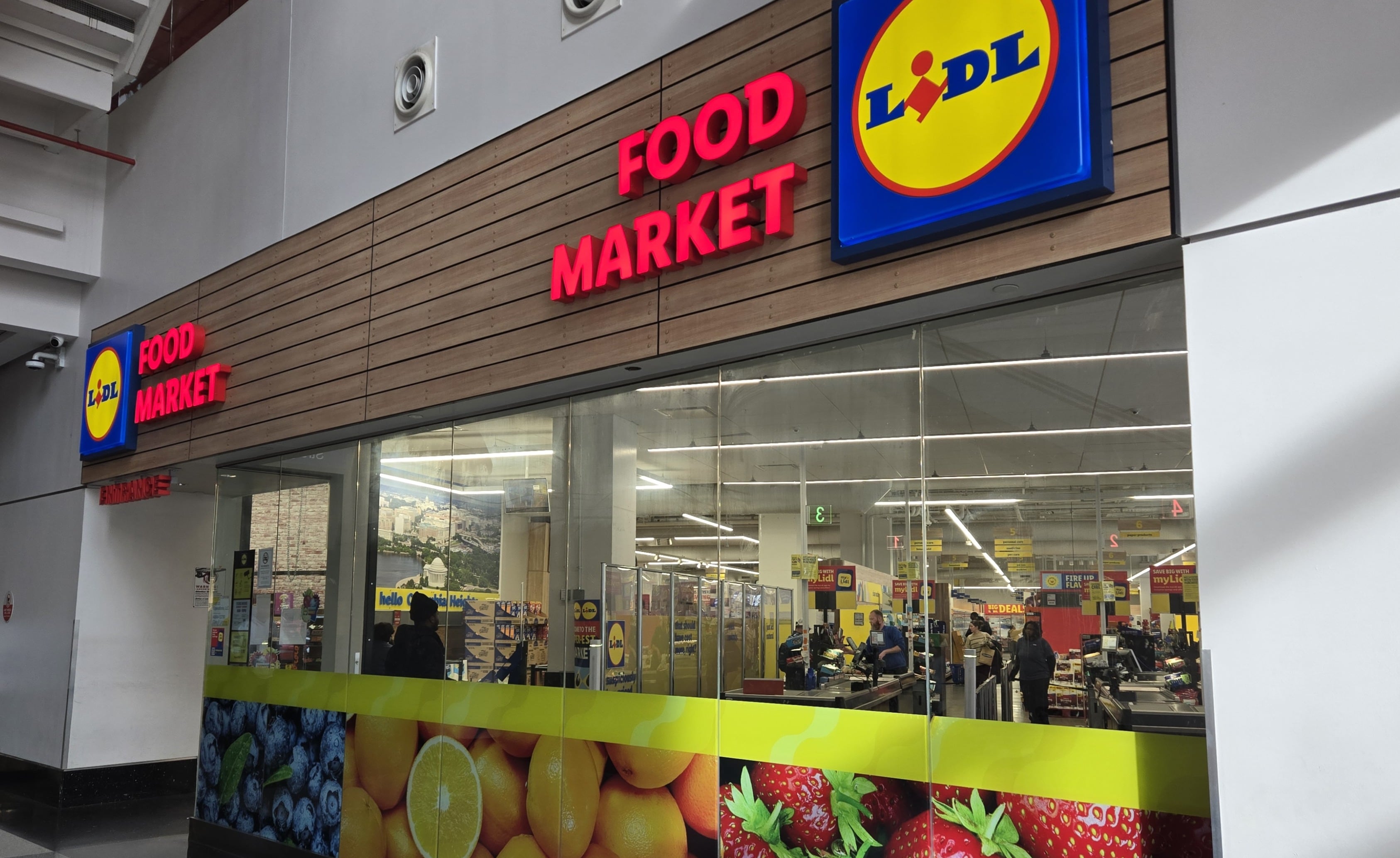The private-label food and beverage industry is a global force, accounting for nearly half of grocery sales in countries like the UK and Switzerland – highlighting significant growth potential in the US market.
The market is evolving at varying speeds across countries and becoming increasingly complex, as noted by Neil Saunders, managing director at GlobalData, in his keynote address on Nov. 16th, the opening day of the Private Label Manufacturers Association’s 2025 Private Label Trade Show in Rosemont, Ill.
Private-label products, once viewed merely as a budget-friendly alternative to name brands, have evolved beyond saving money. Today’s savvy consumers seek innovative items that consistently outperform pricier national brands, according to Saunders.
And the increasingly competitive market means retailers must put greater consideration into the packaging, marketing and worthiness of their products, he said.
“In this kind of environment, you can’t just throw things out there and expect people to buy them. You’ve got to ask what the purpose of the product is,” Saunders said. “What role does it play? What does it do better than things that exist in the market? What’s it a substitute for? And encapsulating all of that, what is the USP [unique selling proposition]? And that means private label needs, more than ever, to justify its place in the market.”
Private label on the world stage
Approximately one in five products sold in US grocery stores in 2024 was private label, Saunders said, but that pales in comparison to countries like the UK, where private-label sales make up 49.5% of the food and grocery market.
By comparison, private label accounts for 47.2% of grocery sales in Switzerland, 43.5% in the Netherlands, 38.7% in France, 35.8% in Portugal, 33.8% in Germany, 28.2% in Italy, 26.9% in Spain, 25.2% in Australia, and 24.5% in the Czech Republic.
Despite the large market share, Europe still sees strong room for growth in private-label, according to Saunders.
“Even in Europe, the grocers there are still pushing very heavily on private label, and they still see tremendous potential to really disrupt the market in new categories like beauty or home as well as their traditional grocery staples. So, it’s very exciting across the world.” he said.
The US private-label industry is playing catch up to its European neighbors, growing at roughly 6.6% year over year – almost double the growth in the overall US food and grocery industry, Saunders said.
Private label not just about savings
Saunders noted that while price is still the main motivation for consumers, low prices are becoming less of a priority.
In 2025, 71.8% of shoppers said they bought at least one private-label product because it was cheaper. That’s down from 77.3% in 2022 and 82.5% in 2010.
“It’s not necessarily because saving money isn’t important to people. It certainly is. It’s actually because of the total universe of private-label shoppers there are more people buying into private label for reasons other than value and saving,” he said.
Saunders noted that many consumers are making the switch from national brands in search of both innovation and value.
“A lot of retailers in private label are putting so much more effort into the products that people are picking them up – not necessarily even seeing them as private label products – and thinking, ‘This is actually really interesting. This solves a problem for me,’” he said.
Premium is growing in private label
As the private-label industry grows, it has become more reflective of the overall market with value, mid-market and premium tiers.
Premium is the fastest-growing of the three, rising at a rate of 76.2% over the last five years, according to Saunders. By 2026, premium private-label products are projected to make up 14.4% of the total private-label market, up from 8.6% in 2006.
Meanwhile, mid-tier private-label products are projected to grow at a rate of 64.8% from 2021 to 2026, while value products are projected to to grow at 35.2% over the same time period.
“A lot of the growth, in terms of the percentage growth, is coming from the mid-tier and the premium tier,” he said, noting that the trend illustrates the innovation by retailers. “The value tier is still growing – it’s still really important, but actually it’s becoming less important in the overall mix of things because of the great job being done with the mid-market.”
Private label winning with special occasions
Savvy retailers also are using special occasions like holidays to boost their store-brand products.
Saunders said private-label products created for Christmas and other major holidays are driving sales growth much faster – at 5.8% in 2024 – than the overall market at 3.2%
Retailers like Target, with its Favorite Day line of products, are leaning in on occasions, “because they know there is money to be made, and they know it differentiates them,” Saunders said.
“They have the heaviest assortment this year that I’ve ever seen, and it looks good,” he said. “They have Favorite Day, and it’s their label. Everyone has the national brands – no one but Target has Favorite Day. So occasions are a really important way of highlighting private label and driving the sales.”




